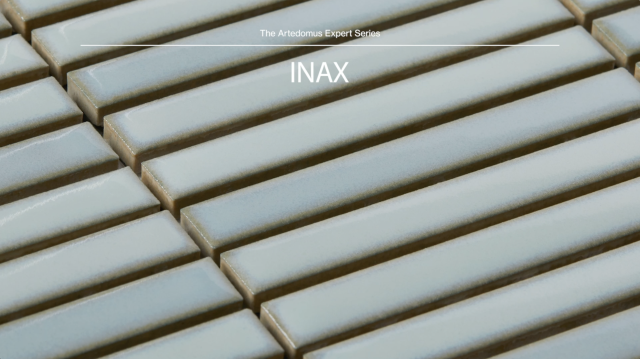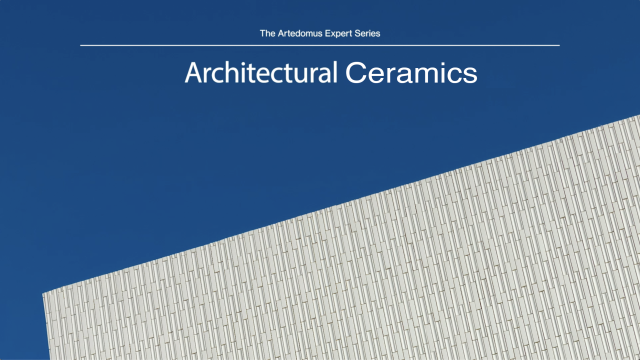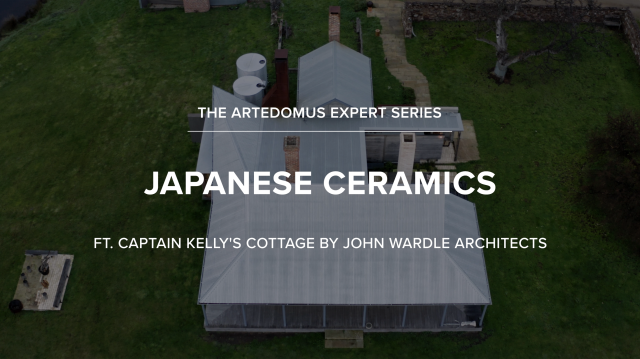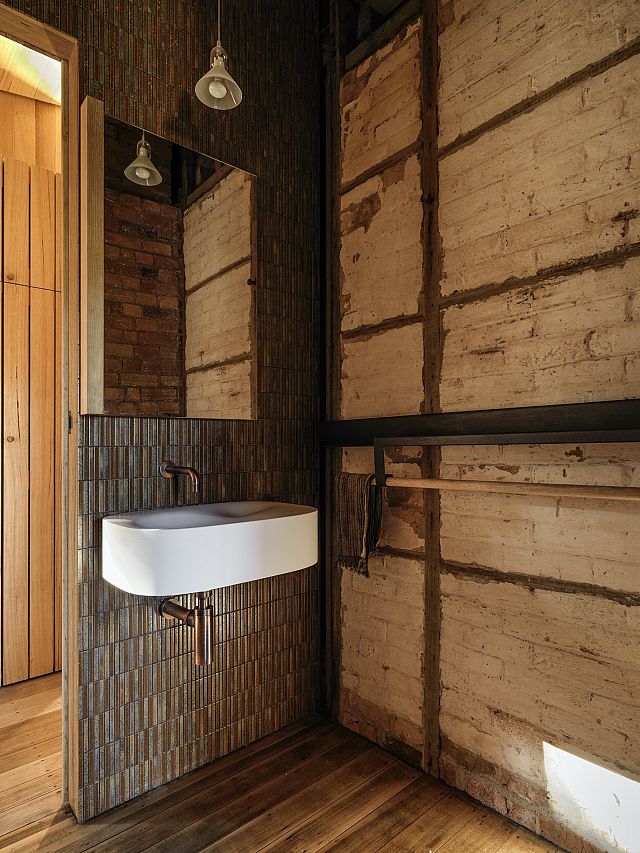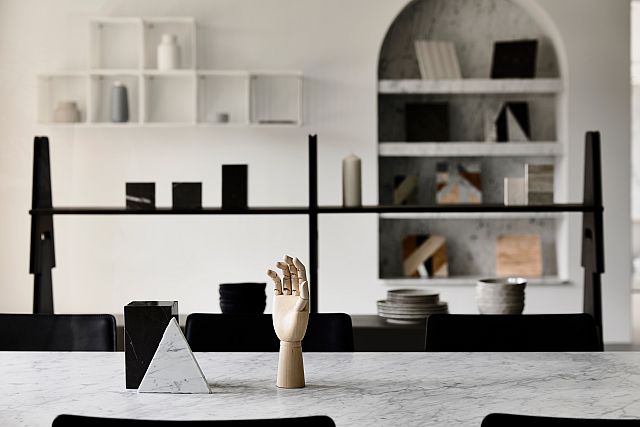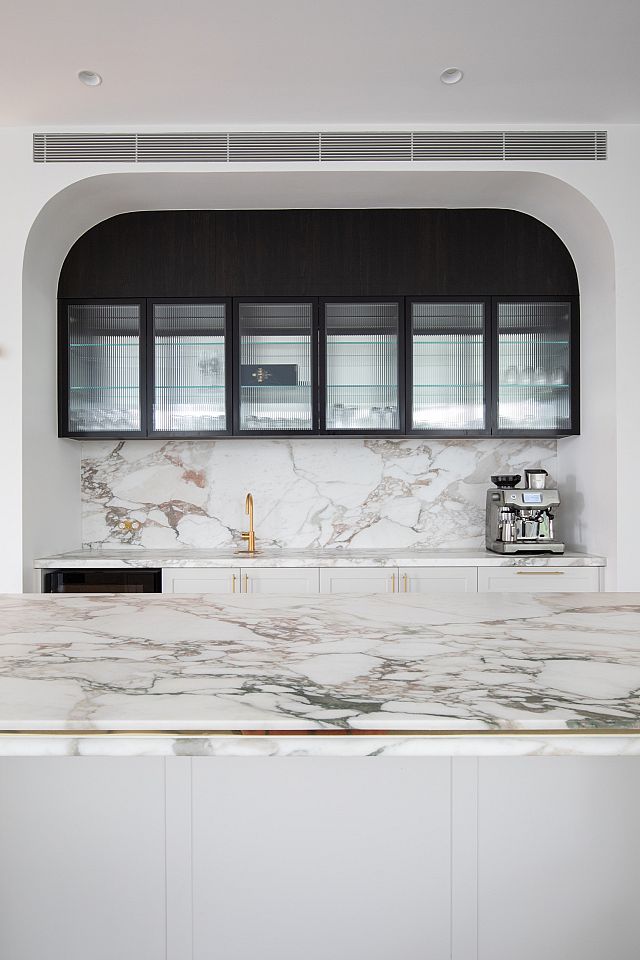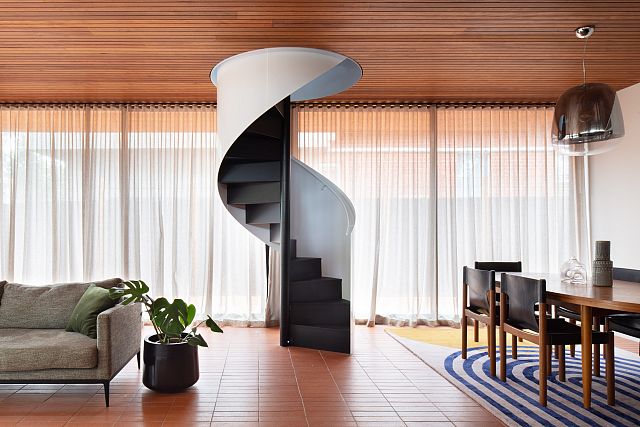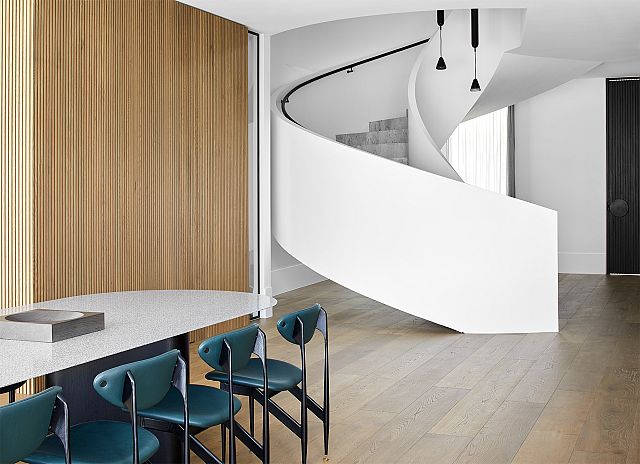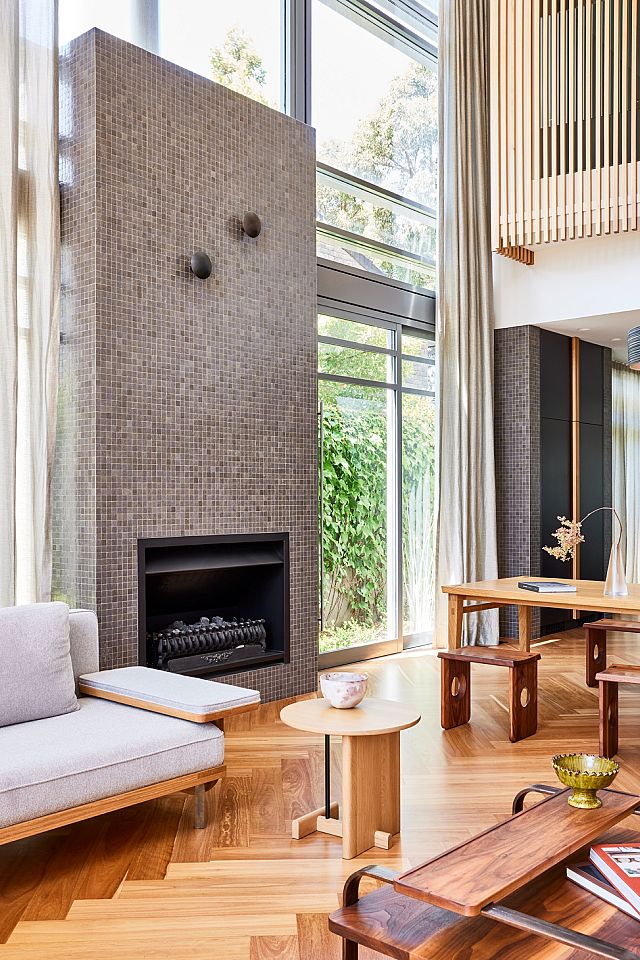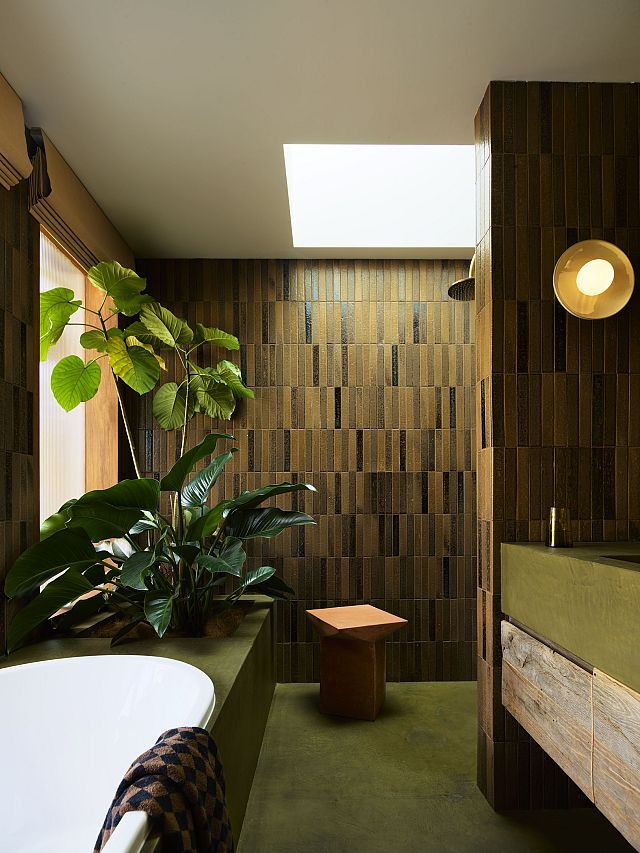Inax Sentousai








Traditional artisans in Japan had an eco-aware custom of reusing old roof tiles of various shapes as material for the exterior walls of new houses. Sentousai tiles recreate the natural textures of these kawarabei walls.
INAX has a long, rich history based in Japanese ceramic craftsmanship and expertise. Founded after producing the terracotta with Frank Lloyd Wright for the famous Imperial Hotel, Tokyo in 1924, INAX is recognised for its innovative range of interior and exterior architectural ceramics that embody superb manufacturing and leading designs by traditional artisans.
The quality of the production of INAX Japanese ceramics is incredibly high. Their manufacturing processes enable a level of precision and consistency, while also delivering the beautiful natural qualities for which Japanese ceramics are renowned. This is a result of the INAX factories’ experience working with the variables of temperature and timing that affect the chemical reactions that ultimately determine the result. Their ceramics are baked for much longer than traditional tiles, creating a uniquely hard-wearing and durable product.
All INAX Japanese ceramics are of a very high quality and are recognised for their low maintenance requirement. Sentousai is also classified as a Nano-hydrophilic ceramic. Nano-hydrophile is INAX’s criteria that indicates the level of stain resistance. When installed vertically, these ceramics have additional properties that further help to resist mud, dirt, dust, gas emissions, soot and smoke.
Architectural ceramics provide a beautiful, maintenance free alternative to paint and render and a sculptural surface with textural character that cannot be achieved using normal composite cladding panels. INAX exterior ceramics create a seamless aesthetic, effectively covering joins in concrete slabs and wrapping crisply around right angles using precisely-crafted mitred corner pieces. Many of the INAX designs can also be used on curved walls.
Exterior ceramics are renowned not only for their ease of maintenance but also for their ability to extend building longevity, this is evidenced in the large number of timber framed buildings in Japan that have engineered architectural wall cladding, effectively protecting them from moisture deterioration over time. The majority of the architectural ceramics by INAX have been designed and carefully engineered to be installed without grout, ensuring that the building structure is protected from the elements. The elasticity inherent in the ceramic adhesive replaces the job that the grout would traditionally undertake.
The advantage of this is that it avoids the development of potential unsightly grout cracks due to undue building movement. These carefully engineered architectural ceramics effectively protect the structure from rain and other environmental elements while maintaining their original colour, form and unique textural beauty. INAX complies with Environmental Management Systems ISO14001 and INAX ceramics contain a minimum 40% recycled material content.
Details
- Use
- External
- Facade
- Wall
- Material
- Ceramic
- Finish
- Structured
- Origin
- Japan
- Sold As
- Box
Dimensions
| Product Code | Size/piece | Size/sheet | Thickness | Qty/m 2 | Qty/carton | Weight/carton |
|---|---|---|---|---|---|---|
| HAL-RN/STS-11, HAL-RN/STS-12, HAL-RN/STS-13 | 235×13mm | 237×90mm | 22mm | 46.9 sheets | 30 sheets | 18.3kg |
- Corner pieces available.
- Due to the seismic activity of the country of origin, this material is designed to be installed without grout. If you intend to use grout please ensure you test a sample prior to ordering.



